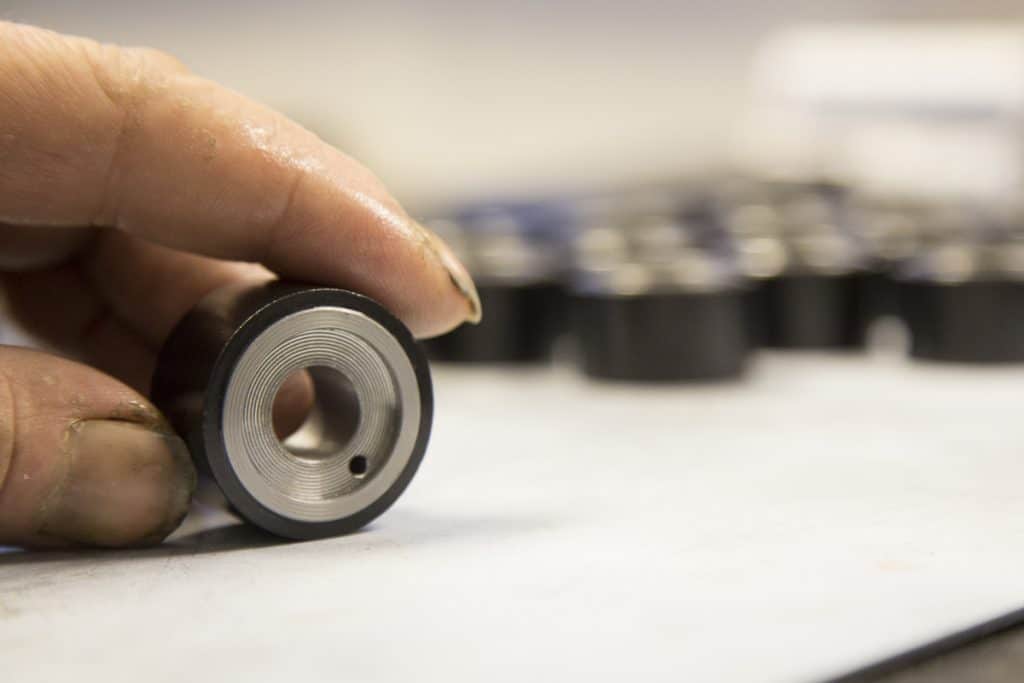AlNiCo Magnets and Music Revolution
By Paul Fears | 06 April 2022
AlNiCo pickup magnets played a huge part in the development of modern electric guitar sounds. Guitar manufacturers and musicians discovered that even on the same guitar, switching out different AlNiCo alloys resulted in drastically different musical tones. Indeed, the use of certain AlNiCo pickups is responsible for the signature sounds associated with 50s and 60s rock and roll, blues, and jazz music.

Development of AlNiCo Magnets
In the early 1930s, Japanese inventor Tokushichi Mishima discovered AlNiCo. He found that AlNiCo, a magnet composed of aluminum, nickel, and iron, had a coercivity double that of the best performing magnet steels that were otherwise available at that time. In a further development, Mishima discovered that adding cobalt further improved the alloy’s magnetic characteristics as well as the material’s tenacity, ductility, and ease of mechanical working.
In 1933, he officially filed his patent application, which was granted in January of 1936. However, the outbreak of World War II put the global release of AlNiCo on hold, with the new magnet material only becoming widely available in 1945.

Despite AlNiCo being one of the oldest magnetic materials, it still has its uses today . The 500 °C working temperature allows applications that no other magnetic material can touch. And the high Remanence (Br) means that in the appropriate magnetic circuit, fields approaching those of NdFeB can be achieved.
- Technical product details: AlNiCo Magnets
AlNiCo and Music
After the end of World War II, big name guitar brands like Fender started using AlNiCo magnets in electric guitar pickups. The guitar manufacturers and musicians started playing with different alloys of AlNiCo magnets and found that they created unique sounds. Even on the same guitar, switching out different alnico alloys would create very different musical tones.

What is a Guitar Pickup?
A guitar pickup comprises of one or more magnets inserted into a bobbin and wound with conductive wire. This simple device transforms mechanical energy (string vibrations) into electrical energy, which flows into the guitar amp where it is transformed back into mechanical energy as sound waves.
Since 1945, the guitar pickup has evolved with thousands of different designs. Each guitarist will have his preferred pickup. As magnet technology has progressed, AlNiCo magnets have been replaced by stronger magnets such as Neodymium Iron Boron (NeFeB).
In the 1940s and 50s, the new AlNiCo magnets were used in music speakers and microphones.
Related Technical Articles
Magnet and Magnet Assembly Design
Bunting designs and manufactures a wide range of magnets and magnetic assemblies. Many are bespoke for specific applications. For further information on any of the products mentioned in this article, or for bespoke magnet assemblies and magnet designs, please contact us via:
Phone: +44 (0) 1442 875081
Email: sales.berkhamsted@buntingmagnetics.com
Via Bunting-eMagnets for online purchase of Magnets and Magnetic Technology
Photographs taken by Paul Fears Photography
Follow us for all our latest news on Social Media



